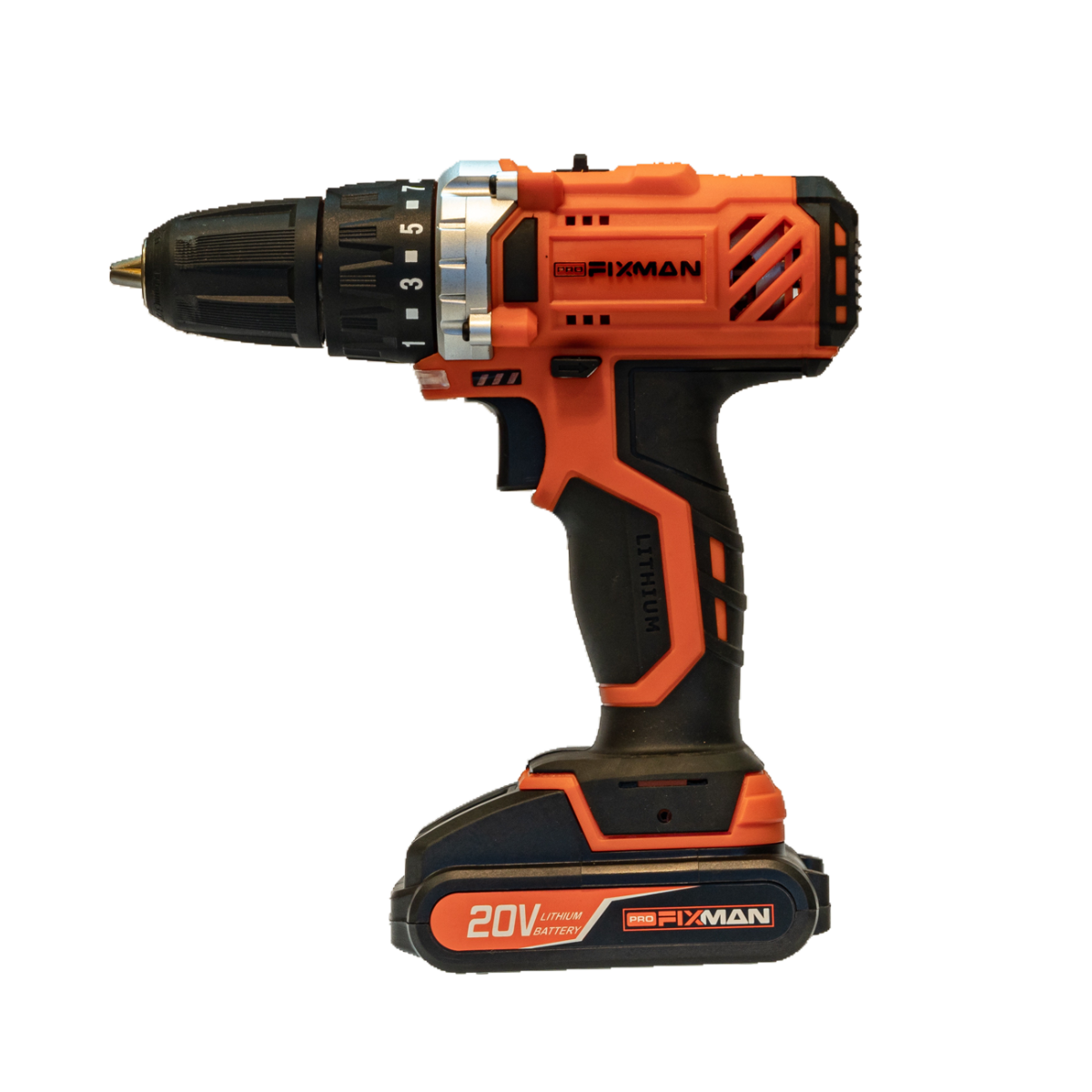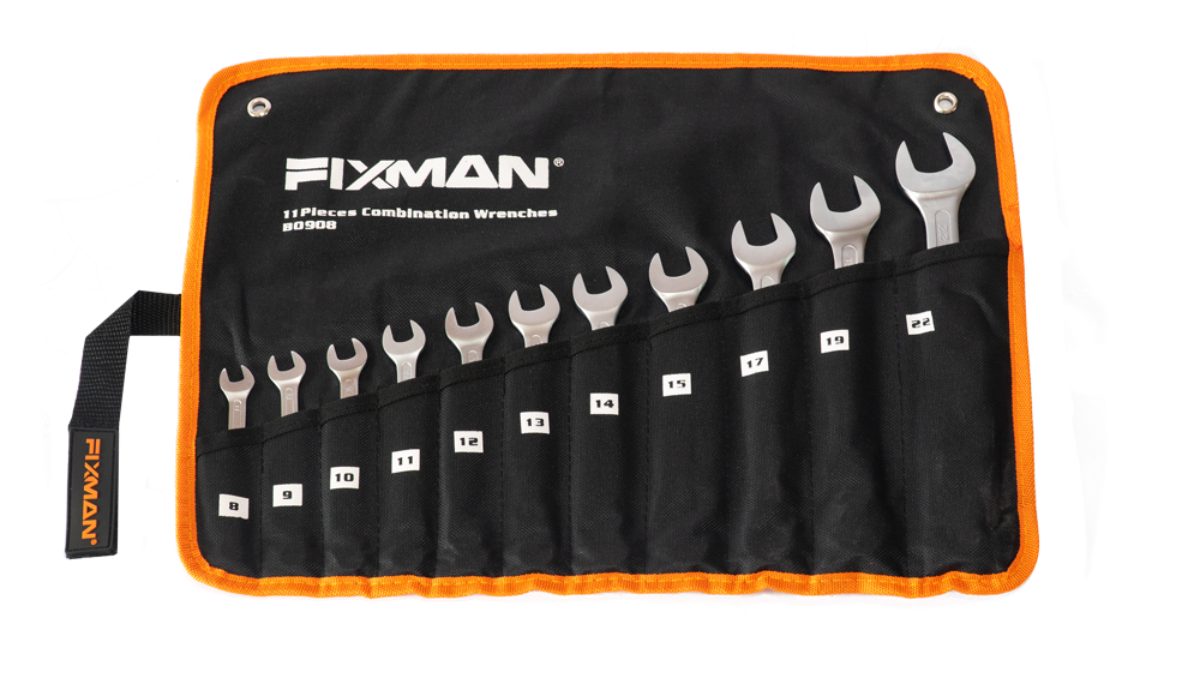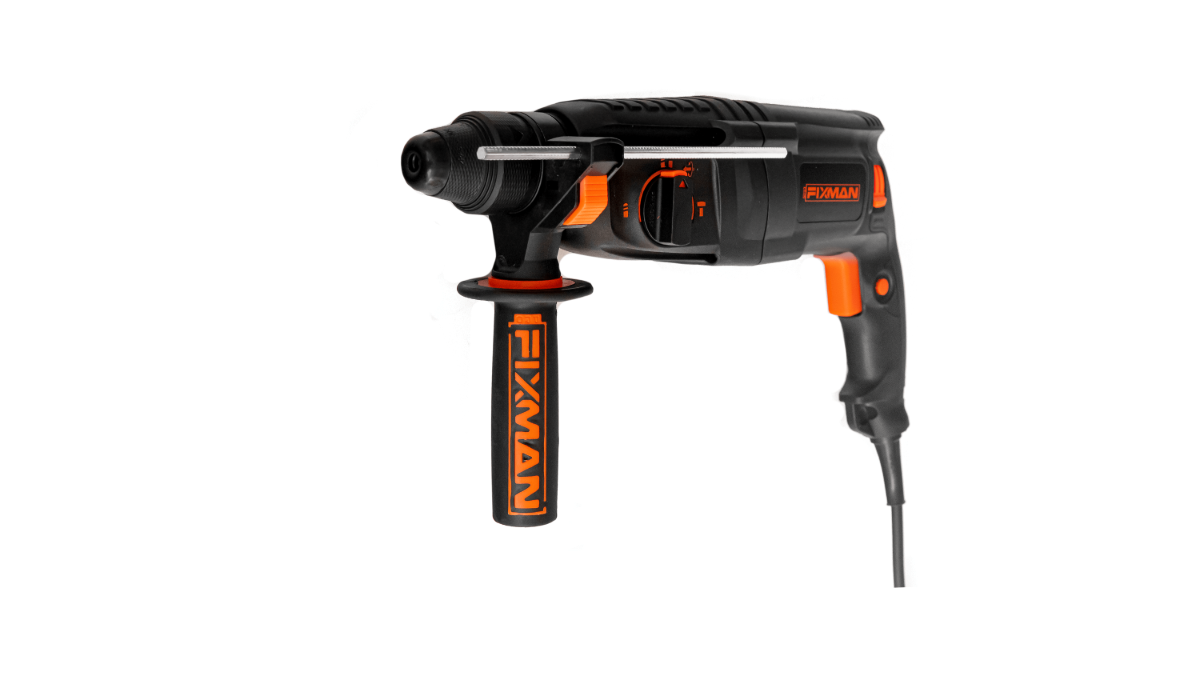How To Use A Power Drill
August 13, 2021
How do I use a power drill?
- Choose What Type of Drill To Use
- Check your Power Drill
- Wear Protective Gear
- Select Correct Driver or Drill Bit
- Chuck in Driver or Drill Bit
- Power up and Drill a Pilot Hole
- Begin to Drill or Drive
- Press on the Power Tool
Power drills are an important part of building improvement jobs as well as DIY repairs around the house. While it is a valuable piece of equipment, its electricity-fueled power can also result in poorly done work if not used correctly — it can even cause damage to your home and injuries to the operator. This is why it is important to know how to use a power drill properly before starting your home project.
Choose What Type of Drill To Use
This tool comes in two different types — corded and cordless. Corded power drills have more reliability and strength, but they need to be plugged into a power source. Cordless power drills use rechargeable battery packs for power, but this type has less power, and replacing its battery is expensive.
Choose your power drill according to your project needs and skill levels. For inexperienced users or light work, a lightweight cordless drill is sufficient. For more experienced workers or mid-difficulty jobs — such as big DIY projects around the home — higher voltage cordless power drills will fit their needs. High voltage corded power drills are typically used by experienced workers with heavy work involving other power tools.
Check Your Tool

Always inspect your tools before use. Before plugging in or putting in a battery, make sure to look over your power drill. Check the handle and the body casing for any cracks, dents, or other damage.
If your drill has an auxiliary handle, check if it is attached securely to the main body. Inspect your power cord for fraying, wear, or any defects that could affect its insulation. Check the plug if the prongs are still attached properly, or if they’re bent and warped. Lastly, check the switches and see if they still function, or if they have faulty trigger locks.
Wear Protective Gear
After thoroughly checking your tool, check if you have the right protective gear for your job. Eye protection is a must when using a power drill in any capacity. Safety goggles will protect your eyes from debris and dust.
Also, use hearing protection as well. While most power drills can’t reach the same noise levels as other power tools, it still emits 65 decibels of noise on average. This is enough to impair your hearing during prolonged usage.
Select Correct Driver or Drill Bit
Power drills use two types of bits: drills and drivers. Drill bits are used to make holes in surfaces like wood or plaster. Drivers are used for driving (also known as screwing) screws into surfaces.
When using a driver bit, choose one that fits the drive shape. These are commonly either a cross (a.k.a. A Phillips-head) or a straight line (a.k.a. flat-head). Power drills are typically sold with start bits that fit the Phillips and flat-head screws. You can also purchase additional bits in different shapes and sizes.
When using a drill bit, check the diameter of the bit. The storage box will usually indicate the size, and most sets will typically range from 1/16 to ½ inches. There are also flat-shaped, spade-like bits that are used to create larger holes up to 1 and ½ inches wide.
When choosing your bit, check its sharpness. A sharp bit will produce a cleaner and more precise hole for drilling and driving safety.
Chuck in Driver or Drill Bit
A “Chuck” refers to the part of the drill where you insert your bit. To open this, you loosen the drill’s collar by turning it until the chuck opens enough to accept the bit. Some models of power drills have a key-chuck system, which uses a T-shaped tool to open the chuck. For these, insert the tool into a hole by the side of the chuck, and turn counterclockwise to open, and clockwise to tighten it.
Once the chuck is open, insert your drill. Then tighten the chuck until you hear the tool click several times. Rotate your chuck the opposite way until you feel one click. This last click means that the drill bit is locked in place and the chuck is not overtightened.
Power Up and Drill a Pilot Hole
Now your power tool is ready to be powered up. Place your battery in or plug your tool into a power source. Test the tool a few times by pressing the trigger. If there are no problems with your tool, your bit should rotate without a problem.
Before starting on your driving project, you can try making pilot holes. This part is optional but this will help you reduce the possibility of your material cracking under pressure.
To do this, use a drill bit that is slightly less wide than your screws. Drill a hole in the designated areas, and make them as deep as the length of the screws. After this, you can check for cracks, and begin driving in the screws.
Begin to Drill or Drive
Pressing the trigger will activate the power drill. Most models will have varying speeds depending on how much pressure you put on the trigger. Try starting with a slower speed. This helps with maintaining control over the drill’s direction.
Placing the bit on the surface of your workpiece while holding the trigger will start making a groove in the material. To pull the bit out, let go of the trigger and pull backward. If the bit is stuck, switch to reverse mode and slowly hold down the trigger while pulling out.
When drilling, place the bit on the spot you intend to put the hole in. For every ¼ of an inch, you drill, pull the bit back to clear out debris. This will help clear the hole and prevent overheating the bit. When driving, place the bit on the head of the screw and position it on the spot you want it to be put in.
You can set your workpiece on scraps of plywood or other scrap wood that you can drill into. This is recommended if you intend to drill through the whole piece. Having the extra material underneath helps to prevent splintering when the bit punctures through the back of your workpiece.
If you need holes of a specific length, you can add depth indicators on your bit using painter’s tape. Measure your desired depth and wrap pieces of tape around the corresponding area. When the flag is level with the surface of your workpiece, you’ve reached the right length.
Key Takeaway
A power drill is a handy tool used in many jobs. Knowing how to pick the model, bits, and how to use a power drill is important if you’re planning on doing repairs, improvements, and DIY projects at home. If you’re a new owner of this power tool, use this article as a guide to take on your work with confidence.
If you’re planning on adding more items to your toolbox, check out Fixman Tools’ catalog for top-notch equipment. Our power drills come in a 13-piece set that will suit all of your home project needs!






